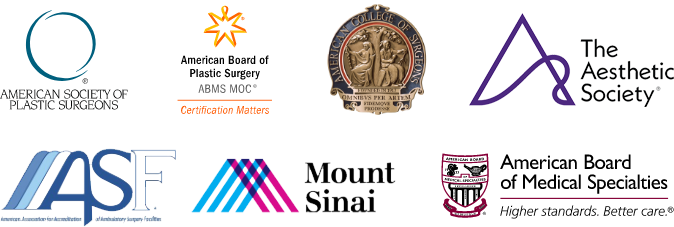Last week the FDA announced that it was investigating a “possible association” between a very rare form of lymphoma and breast implants (both saline and silicone). Before I go much farther let me point out a few details:
- Breast implants have NOT been proven to cause cancer
- The FDA does NOT recommend that women with implants have them removed
- The questions raised involve BOTH silicone AND saline implants
I have taken a little time to look into this and find it very intriguing. I tracked down the actual report from the FDA itself and am attaching a link for anyone interested here:
https://www.fda.gov/medical-devices/breast-implants/medical-device-reports-breast-implant-associated-anaplastic-large-cell-lymphoma
Classically, we plastic surgeons remind patients all the time that there is no association between breast cancer and breast implants. We do advise women with implants that they will need to get special mammogram views in order to screen for breast cancer, but that is about all there was to say. Strictly speaking that remains true because the lymphoma implicated by the FDA is NOT breast cancer. The entity is known as anaplastic large cell lymphoma (ALCL) and it is extremely rare – and quite treatable (not that anybody wants it).
The report mentions that there may be as many as 60 cases of ALCL in breast implant patients worldwide, but only has 34 reported to the FDA itself. Furthermore, the disease is so rare that it is difficult to determine whether or not there is an association statistically. The concerning issue is that ALCL, as rare as it is, is even more rare in the breast, and these 34 cases were all documented in the scar tissue surrounding the breast implants. Importantly, these cases were discovered when women complained about problems with their implants after they seemed to have been healed from the surgery. They complained about lumps, or problems with their scars, or developed a fluid collection around the implant.
I am curious about how many of these women had implants put in below the pectoralis muscle as opposed to only below the breast gland, but that information was not provided by the report. I have a chart that was distributed here:
Characteristics of 34 Published Cases of ALCL in Women with Breast Implants
| Age (years) | Median | 51 |
| Range | 28-87 | |
| Type of Implant | Silicone | 24 |
| Saline | 7 | |
| Not specified | 3 | |
| Time from Implant to ALCL Diagnosis (years) |
Median | 8 |
| Range | 1-23 | |
| Reason for Implant | Reconstruction | 11 |
| Augmentation | 19 | |
| Not specified | 4 |
For the moment, there is nothing to do but stay tuned. This may turn out to be nothing at all to worry about. I think there certainly may be something to it, and I’m glad the FDA is looking into it. Just to keep things in perspective, however, your risk of developing ALCL with breast implants in this study is roughly 1 in 294,118 but the lifetime risk of being struck by lightening is about 1 in 6,250 (source of lightening data is NOAA: http://www.lightningsafety.noaa.gov/medical.htm).





Leave a Reply